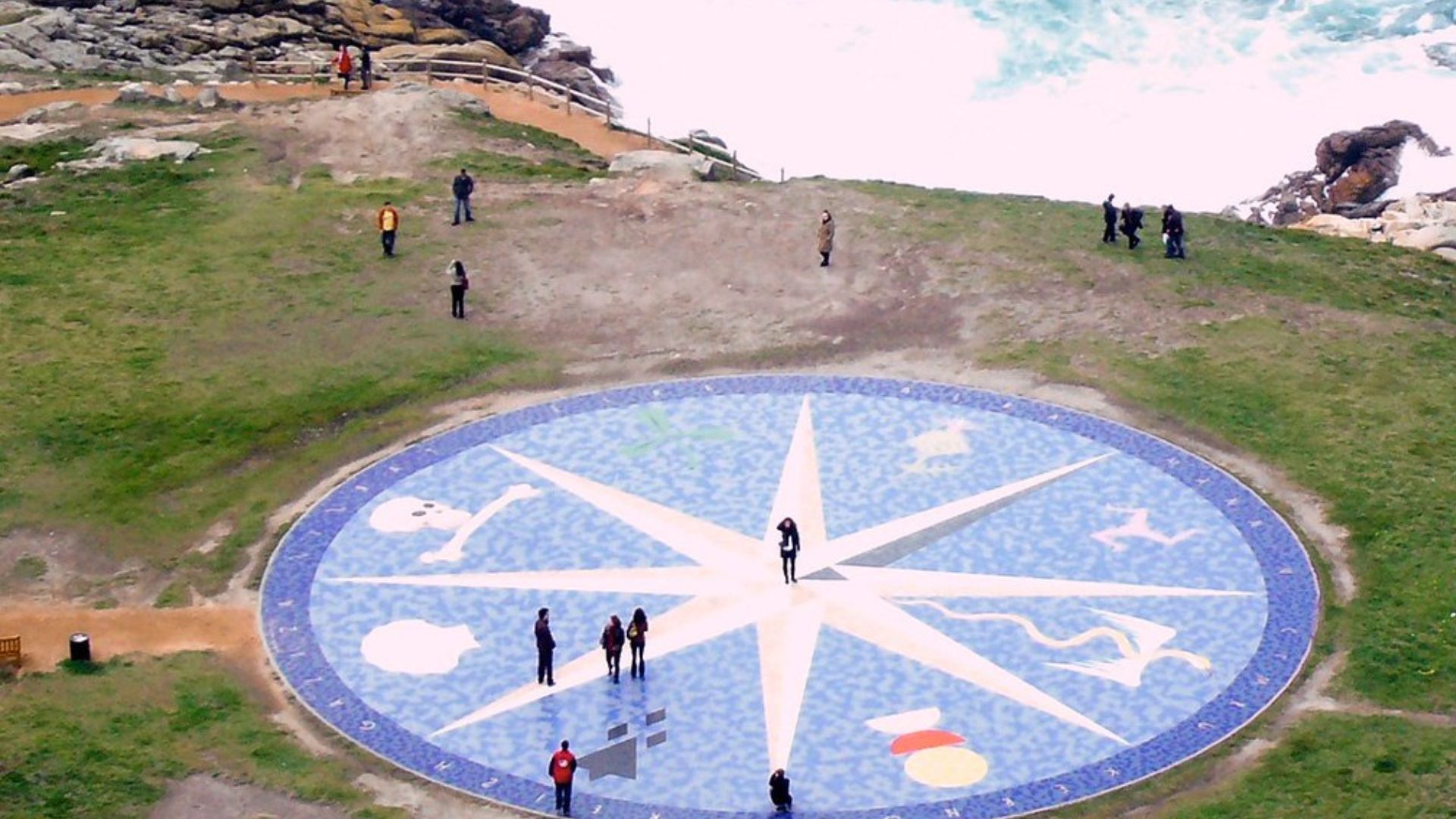
Sharks in Spain: where they can appear, types and how to act
For the last 10 years or so, more and more sharks have been appearing on Spanish coasts and their presence is causing a slight concern among Spaniards or tourists who visit our beaches every year.
Normally, it is in summer when shark sightings increase, and on more than one occasion some beaches have been temporarily closed due to the presence of these marine predators.
Why do sharks appear in Spain?
The presence of sharks in the Spanish coasts can be related to several factors.
Climate Change
The main reason that most researchers and biologists are turning to is due to climate change.
Climate change has led to changes in water temperatures and in the migration patterns of marine species, which could affect the distribution of sharks and bring them to waters where they were not common before.
Rising ocean temperatures push aquatic animals northward in search of cooler habitats, as they are not adapted to such warm waters, which is why the presence of these animals has been increasing in Spain.
Our country is covered by two types of waters, on the one hand, the warm beaches of the Mediterranean Sea to the cooler ones that are bathed by the Atlantic Ocean, probably sharks in Spain pass from one side to the other in search of such "freshness".
Overfishing
Overfishing has a significant impact on the occurrence of sharks on beaches and in nearshore waters. Overfishing occurs when more fish are caught than the oceans can naturally replenish, leading to fish declines.
Declining fish stocks due to overfishing means that sharks have less food available. This leads to a closer approach to shores in search of prey.
Sharks are a crucial element in the marine food chain. If their population declines due to overfishing, it can trigger an imbalance in the marine ecosystem, affecting other species and the overall health of the ocean.
Increased Research and Monitoring
Marine scientists have been conducting increased research and monitoring of shark populations in Spain and other nearby countries. Modern technologies, such as satellite trackers, have enabled better tracking of their movements, which could lead to greater knowledge about their migration patterns and behavior.
Areas in Spain where sharks are most present
Sharks in Spain tend to be more present in the Cantabrian and Mediterranean Sea area, normally those found in the Mediterranean are more harmless species. But the cold waters of the Atlantic and the Bay of Biscay, as well as the greater depths in these regions, are the habitat of large sharks.
The Balearic Islands, Canary Islands, Valencian Community, Catalonia, Granada, Galicia and Asturias are places where sharks have been documented.
- In Galicia, surprising cases of white shark sightings have been documented in the Vigo estuary, with specimens exceeding 10 meters in length and 100 kilos in weight.
- Sightings have also been reported in Valencia, but the sharks that have been sighted along these coasts are usually small and harmless specimens. Specifically, in recent years there have been sightings at Patacona beach, in Alboraia, and at Las Arenas beach.
- In Alicante, meanwhile, a man was recently bitten by a blue shark on the Arenales de Sol beach, and in the vicinity of the island of Tabarca, several specimens have been seen several kilometers from the coast.
- The Balearic Islands, such as Ibiza and Mallorca, are another place where sharks are found, but they are generally small in size and do not pose a danger to bathers, although an 82-year-old man suffered an attack by a blue shark in Platja d'en Bossa. Earlier this year, in June, a blue shark was also seen for hours in the port of Ciutadella, Menorca. And a few days later, a shark of the species gray canebrake was sighted at Cape Formentor, in Mallorca.
- Granada has become one of the surprises of recent summers in terms of the presence of sharks. During the pandemic, the beaches were empty and calm, which attracted a large number of basking sharks to the coast of Granada, especially to the Mamola beach and Calahonda.
- In Tarragona, also in June of this year, two blue sharks forced the evacuation of the beaches of Martinenca, Maricel and Marjal, in the town of Alcanar.
- The sighting of sharks in the Canary coasts is very common. Up to 86 species and rays have been documented, such as the angelshark, the hammerhead, the Solrayo or the whale shark. For example, this summer in the south of Gran Canaria, they had to prohibit bathing on the beach of Patalavaca due to the appearance of several hammerhead sharks. On the other hand, a month before in Tenerife, a shark was found stranded among the rocks, the fish found on the coast of Garachiqua was a blue shark that had been seen before near the coast of Tenerife. Later, several surfers verified that the shark had been found lifeless on the coast.
Which sharks are the most common in Spain?
In Spanish waters, both in the Atlantic Ocean and in the Mediterranean Sea, several species of sharks can be found:
Blue Shark (Prionace glauca):
The blue shark is a common species in Spanish waters and is found in the Atlantic Ocean and the Mediterranean Sea. It is known for its bright blue color and usually inhabits deeper waters.
In the previous section we have mentioned it several times, and it is undoubtedly the one that has been seen the most on our beaches, especially those bathed by the Mediterranean Sea.
Hammerhead Shark (Sphyrna spp.):
The hammerhead shark, with its distinctive hammer-shaped head, can also be found in Spanish waters. Some species of hammerhead sharks are sighted offshore.
A very common shark along the Canary coasts and has occasionally been sighted in Galicia as it frequents the Atlantic Ocean.
Dogfish shark (Scyliorhinus spp.):
The dogfish is a type of small, elongated shark that inhabits shallow waters of the Mediterranean Sea, it is also known as a catshark. It is often found near rocky shores.
Generally, catsharks have a length of about 60 to 80 centimeters, although some individuals can be larger, but in general it is one of the smallest sharks in Spain. This species is very common along the northern coasts, especially in Cantabria and Galicia.
Great white shark (Carcharodon carcharias)
Although it is a migratory species that can be found in waters all over the world, including some regions of the North Atlantic and the Mediterranean, its presence in the Spanish coasts is relatively rare.
However, some white sharks have been seen several meters off the Galician or Canary coasts, as they inhabit more open ocean areas and cold waters such as those of the Atlantic Ocean.
School shark(Galeorhinus galeus)
This species is found in temperate and subtropical oceans around the world, including the Atlantic, Pacific and Indian oceans. In Spain, this type of shark is very common in the Canary Islands. However, as far as cuisine is concerned, it is very common in Spanish gastronomy in general.
Its body is elongated with a large and thin dorsal fin. It is usually grayish in color but can also be brown. It has venomous spines near its dorsal fin. It is not a large shark, at most 2 meters long.
 What should I do if I encounter a shark on the beach?
What should I do if I encounter a shark on the beach?
Encountering a shark is an unusual experience, but it is important to know how to act safely and responsibly if you find yourself in such a situation.
- In case of encountering a shark in the water, the most advisable thing to do is to remain calm and not show fear. After all, in the last 500 years no more than 4 or 5 shark attacks on people have been documented in Spain.
- Observe the shark's behavior. If it is swimming calmly and showing no signs of aggression, it is probably just passing by and moving away. Do not swim abruptly or run away quickly from the shark, as this could provoke its curiosity and make it come closer. Your position is also important, ideally standing upright.
- Depending on the situation and the proximity to the coast, you should inform the authorities and get out of the water as a precaution only if you are very close to the beach, and again as slowly as possible. After you are safe, report the encounter to local authorities or marine conservation organizations.
It is important to remember that, although there are increasing records of sightings along the Spanish coasts, interactions with humans are rare and, in most cases, sharks in Spain do not represent a danger to people. Their presence is part of marine biodiversity and underlines the importance of conserving these marine ecosystems.













_v2.svg)
_v2.svg)









_v2.svg)


